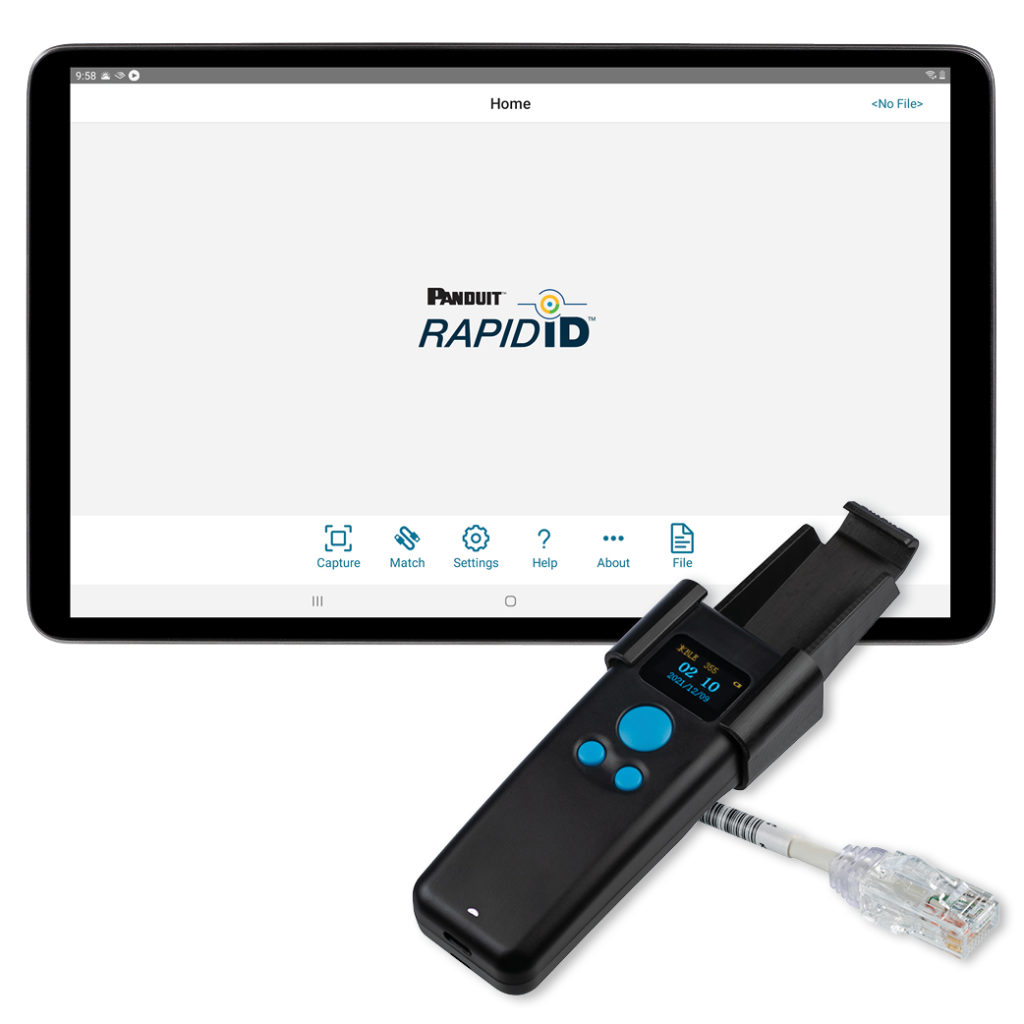When I was a network engineer, cable documentation was the bane of my existence, and for a good reason. It’s time-consuming, error-prone, and oh so painful. But don’t get me wrong, I knew all too well that sloppy cable documentation is a leading cause of network outages, so I made sure that mine was best-in-class. Still, I despised every second spent writing IDs on labels, sticking labels on patch cords, and entering them into the Excel spreadsheet that would serve as the record for every cable in every network switch under my supervision.
In fact, many nights before falling asleep, my mind was consumed with worry. I worried that I had accidentally inverted the ID numbers and letters, or that I had used the same ID twice, or made any of the countless errors that were so easy to make. After all, cable documentation is a highly manual process designed for a time when data centers only housed mainframe computers and telecom rooms powered telephones. I also worried that someone else would make changes in the data center without consulting me or taking the time to update the cable documentation properly, rendering worthless the hours of labor I’d put in.
RapidID™: A Way to Place and Trace Cables in Less Time and With Less Error
As a former network engineer responsible for cable documentation, I couldn’t be more excited about our new introduction: The RapidID network mapping system that automates painstaking parts of the cable documentation process.
They can quickly, easily, and more accurately place and trace cables, reducing cable documentation time and cost by up to 50%* compared to traditional manual approaches. No more writing out labels, affixing labels or entering identifiers into Excel. No more tugging on patch cords to find the other end. No more worrying that if there is an outage, it will take hours to find the source of the problem. It doesn’t require special panels or cabling and is ideal for building a new telecom room, locating installed cabling, or replacing a network switch.
How RapidID Works
- Install Panduit cables that feature unique RapidID barcode labels.
- Download the RapidID mobile app from iOS or Android app stores to a tablet device, and use it to:
- capture and verify cable locations as they are scanned. Data can be exported to reduce or eliminate manual, error-prone data entry.
- match current cabling against previously saved results to find and fix problems fast to free up network engineers for more rewarding initiatives.
- Scan barcodes using the Bluetooth-enabled RapidID handheld scanner to:
- quickly and accurately capture and document new cable installations without the need for manual data entry.
- trace existing cables to find the opposite endpoint without having to pull on them/risk disconnecting them and causing a network outage.
See What RapidID Can Do for You
There are multiple scenarios where RapidID saves dollars and make sense by providing a faster, easier way to place and trace cables and patch cords. If you have questions about how it works or want to see it in action, send me your questions or reach out to schedule a demo.
*Panduit internal time study, May 2021.



